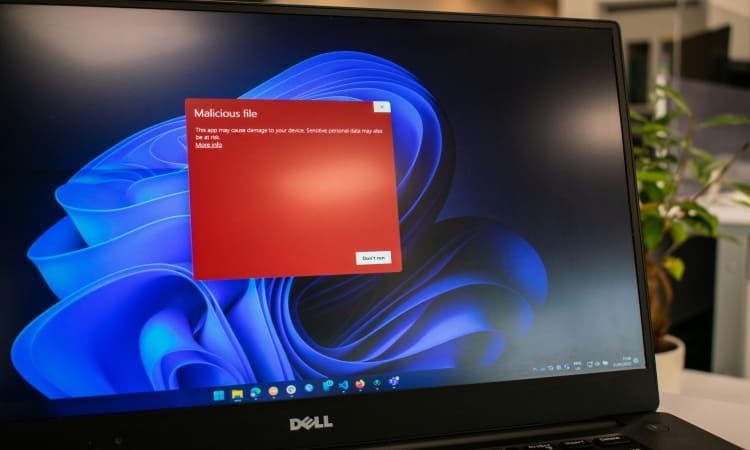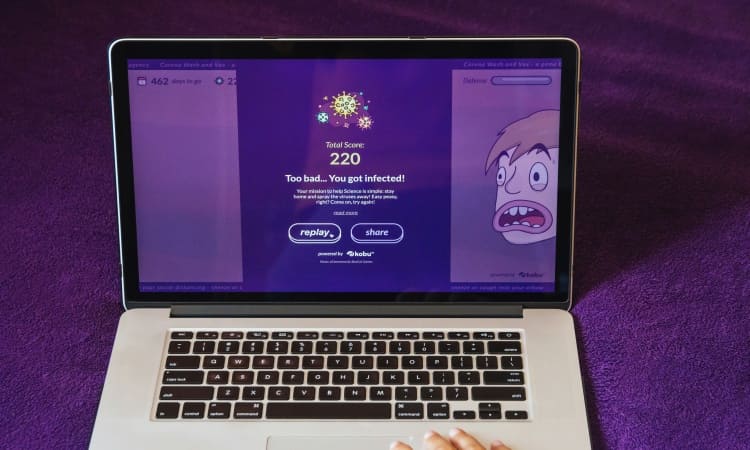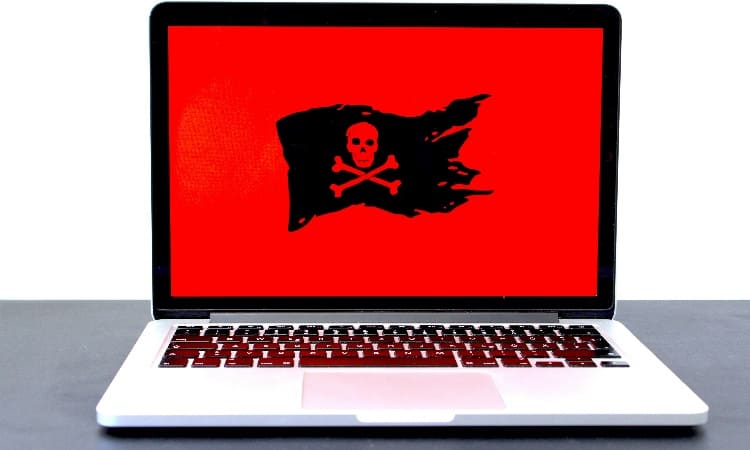We encounter digital technology daily. It’s brought about changes in communication, work, and leisure. But this powerful tool can have a dark side, too.
Just like biological viruses attacking our health, computer viruses threaten our tech. They invade privacy, swipe vital data, or sometimes just bug us endlessly. So, understanding these risky pieces of code is crucial.
Ever wondered what’s the first computer virus in the Philippines? In 2000, the spread of “I Love You” made waves worldwide. It earned recognition for its wide-reaching impact and its unusual origin. The “I Love You” Virus holds a notable spot in cyber history.
This article takes a deep dive into this notorious yet captivating question: what was the first computer virus in the Philippines? I will unfold how an innocent-looking email became a worldwide horror and, eventually, changed our cyber defenses forever.
Understanding Computer Viruses
A computer virus is a sly bit of harmful software. It copies itself and sneaks into computers. It does this by hiding in other files that you might not think twice about opening. When the bad file opens – bam! The Virus gets busy infecting other documents on your device. It can cause a lot of damage if your computer doesn’t deal with it right away. 
A virus gets into a computer system and then seeks ways to spread. It might hang onto other files, hide in scripts, or take advantage of weak spots in the system. Once it’s in, the Virus starts doing harmful stuff like swiping data or gaining control of your computer. Tricky devils, these viruses often dodge antivirus software, making them tough to tackle.
There are many varieties of computer viruses. Being aware of them helps you keep your system safe. Some usual suspects include:
- Boot Sector virus messes with the hard drive’s boot sector, disrupting your computer’s starting sequence.
- File Infector virus latches onto .exe or .com files and springs into action when the infected file starts running.
- Macro virus impacts documents with macros, like those in Word or Excel.
- Polymorphic virus alters its code to disguise in different ways to dodge detection.
- The resident virus stays in a computer’s memory and infects files when you open them.
The First Computer Virus in the Philippines: “I Love You”
The first computer virus in the Philippines, the “I Love You” virus of the early 2000s, is remembered as a highly destructive cyber bug. It originated in the Philippines, showing that cybersecurity threats can come anywhere.
This virus, also known as the Love Bug or Love Letter, worked as a computer worm. It was made in Visual Basic Script (VBS). Just like many other viruses, it spreads via email, hidden in everyday-looking messages. The catchy subject line “ILOVEYOU” tricked users into opening the email – and the destructive virus hidden within.
Two Filipino students, Reonel Ramones and Onel de Guzman, were found responsible for the virus. They studied at Manila’s AMA Computer College. It’s believed that de Guzman used the virus to steal passwords and get easier internet access, which many Filipinos found expensive back then.
The Spread of the “I Love You” Virus
A virus that doesn’t spread is essentially useless. The “I Love You” virus employed a simple yet effective process to disrupt infected computers.
- Spread: The virus spreads by hiding itself in an attachment named LOVE-LETTER-FOR-YOU.txt.vbs. The “VBS” part was often not visible, tricking users into thinking the file was safe. When opened, the computer would become infected.
- Execution of the Attachment: Opening the hidden “.vbs” attachment sparked a chain of harmful actions on an infected device. It changed key systems and personal files.
- Overwriting of Files: The virus often targeted multimedia files. It took over these files, replacing them with copies of itself and potentially ruining the user’s data.
- Spread to Contacts: After wreaking havoc on the infected computer, the virus copied itself to all of the contacts in the user’s email contact list. This accelerated its spread around the world.
Impact of the “I Love You” Virus
The “I Love You” virus is more than a moment in cybersecurity history. It still impacts us now.
- User Impact
Think of the “I Love You” virus like a cybersecurity earthquake felt worldwide. Around 45 million users took a hit. Suddenly, the dangers of the digital world turned real, not just theories. With valuable data stolen and services disrupted, the effects lasted for all of us.
- Dollar Damage
It is hard to grasp the financial damage done. This single virus caused a $10 billion loss. The costs weren’t just direct. Think about deleted data and increased security spending. Lost productivity and disrupted systems all chalk up the bill.
- Where It Hit
The “I Love You” virus spread fast and wide. Through email, borders were meaningless. In just a few days, it moved beyond the Philippines. Asia, Europe, and North America all fell victim fast.
- Lawmakers Woke Up
In hindsight, the “I Love You” virus was a wake-up call. Global leaders had to face cybercrime straight on. The current laws at the time didn’t cut it. In many places, there weren’t even laws to deal with such disasters.
The folks who spread the virus in the Philippines didn’t get a fine or jail time because there weren’t any proper rules for it. This hole in the system sparked chats and moves worldwide about statutes for online crime. It led to the start of the Philippines’ Republic Act 8792, also known as the E-Commerce Act of 2000. This act made various online crimes illegal.
Conclusion
Now you know what is the first computer virus in the Philippines. The “I Love You” virus changed quite a bit. It brought destruction, costing people money and time. This cyber bug showed how weak computers and networks could be worldwide. In defense, steps were taken. Antivirus programs improved, firewalls became part of network setups, and security holes saw fixes.
Back in 2000, people began to see how important cybersecurity was. Two decades later, let me say this: cybersecurity is even more critical now. Having a strong antivirus is as vital as having a computer.
The first computer virus in the Philippines taught us a lesson. As technology grows, so do risks. We need to stay one step ahead of these threats. Always think of the “I Love You” virus when you see a strange email attachment. Be careful. Remember, in this digital world, safety comes first!







